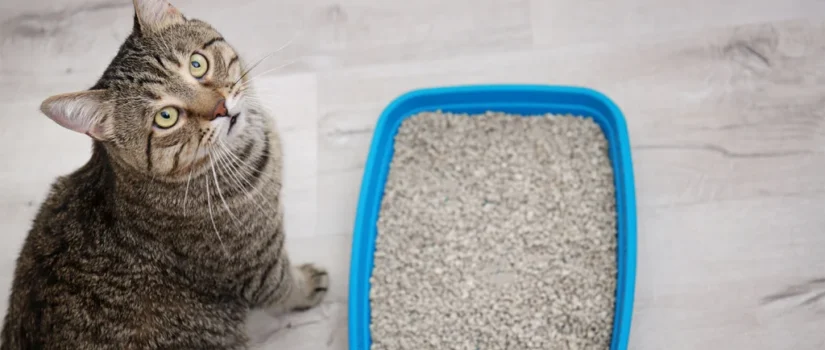Cat Litter Box Health
Cat Litter: Cats are the most popular pets in the United States. According to the latest version of the U.S. Pet Ownership & Demographics Sourcebook (2002 Edition) there were almost 70 Million pet cats in the United States. Why are cats so popular? There are as many answers to this question as there are cat owners, but the low health risks cats pose to their owners is certainly near the top of this list. Even though the potential health risks cats pose to people are small, it is important that cat owners are aware of these risks and understand how to reduce them.
The majority of all risks stemming from cat ownership are associate with the cat litter box and/or cat feces. There are two categories of risks. The first category contains health risks posed by bacteria and parasites to both cat owners and their cats. The second category contains injuries resulting from an automatic litter box or self cleaning litter box.
Primarily the health problems experienced by cat owners or their cats come from the first category. And the most significant of these risks is call Toxoplasmosis. Toxoplasmosis is an infection cause by a tiny parasite call Toxoplasma gondii. Which can found in raw or undercooked meat, unwashed fruits. And vegetables, dirty cat litter boxes and outdoor soil where cat feces can found. According to the Center for Disease Control and Prevention (CDC) more than 60 million people in the United States may be infected with the Toxoplasma parasite.
Fortunately, very few people ever experience any symptoms. Because a healthy person’s immune system usually keeps the parasite from causing illness. However, pregnant women and individuals who have compromised immune systems. Such as individuals infect with the HIV virus, are at risk and should take precautions to avoid being infect by the parasite. For people in this group a Toxoplasma infection could cause serious health problems to the individual or to a pregnant woman’s unborn child.

